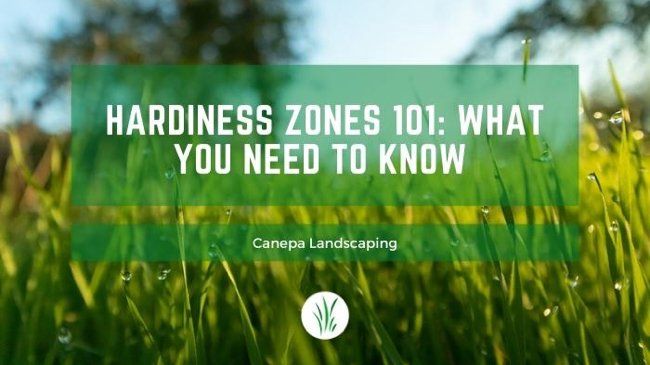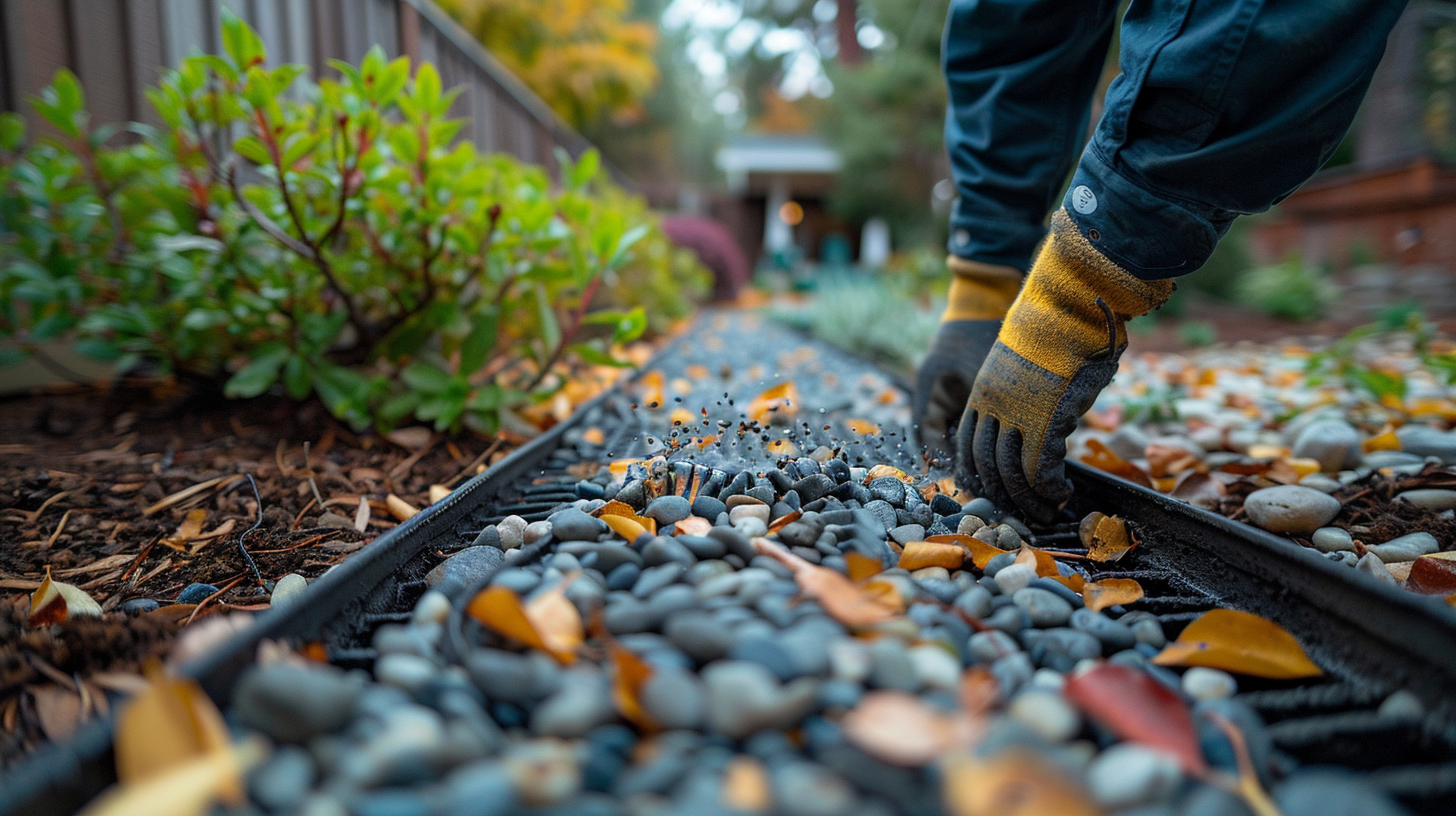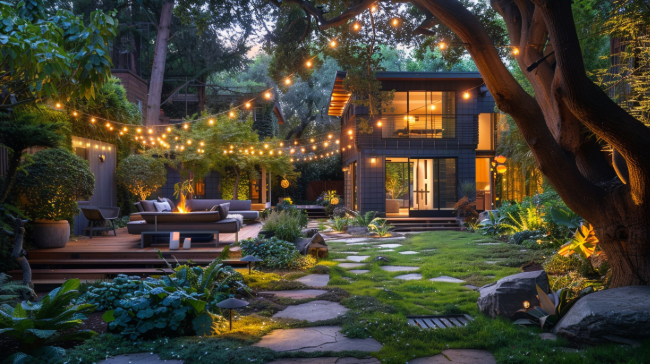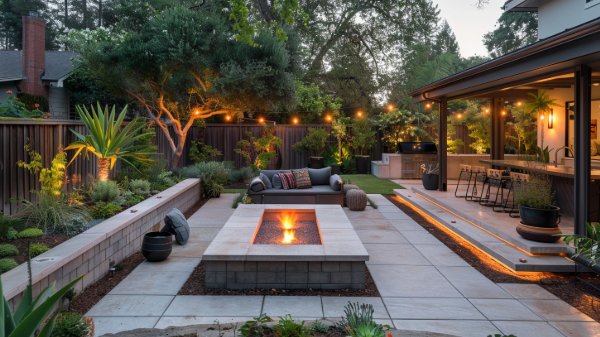Plant Zones As Identified by a Landscaping Contractor

Ways That Landscaping Contractors Categorize Gardening Zones
Gardeners, landscapers and others who grow crops and flowers often use a landscaping zone map to determine the length of their growing season and what plants will fare best in their local area. Although things like average temperature and rainfall fluctuate from year to year, plant hardiness zones give people an overall idea of what to expect when it comes to healthy plant growth. Here is an overview of some of the plant zones in North America and how your plant zone applies to you.
How Are Landscaping Zones Determined?
Scientists create and update the landscaping zone map by determining the average low temperatures that different locations experience each winter. Because of the many factors involved in weather and climate, the maps are not meant to be perfect but rather a starting point for determining which plants might grow best in a particular region. For example, northern New Mexico and northern Idaho are in similar zones, but variations in daylight at these two different latitudes will affect their growing seasons.
What Are The Different Zones?
You can identify plant hardiness zones by a number between one and 13 paired with the letter a or b. For example, you can find zone 3b in the upper midwest while 8b appears in more southerly areas of the United States. These are a few of the zones you might encounter in North America.
Zone 4
Some of the locations where you can find plant zone 4, or the subsets 4a and 4b, are in the states of Montana, South Dakota, North Dakota, Minnesota and Wisconsin, as well as northern New York and New England. Zone 4 comprises some of the shortest growing seasons in North America, so take special care when cultivating any sort of crop in this region. The last frost of the season in these regions typically occurs in late May, with the first frost arriving in late September.
A short growing season does not mean that you cannot still grow tasty food. If you live in zone 4, you might consider growing pear and apple trees as well as vegetables like corn, squash and peppers.
Zone 6
Zone 6 covers a large part of the United States, from the Mid-Atlantic region and the plains states of Missouri and Kansas to the western states of Nevada and Oregon. This vast zone is good for growing apples and pears as well as some varieties of peaches, blackberries, melons, cherries and plums.
Some of the vegetables that grow well in zone 6 include cabbage, broccoli, potatoes, tomatoes and beans, among many others. If you live in this zone, take advantage of the wide variety of crops that thrive in the climate and plant what you most enjoy eating.
Zone 7
Like zone 6, zone 7 encompasses a large portion of the country including the piedmonts of Virginia and North Carolina, Tennessee, Arkansas, Oklahoma and eastern New Mexico. An abundance of fruits and vegetables excel in zone 7, whether it is beets, carrots, spinach, carrots, onions or one of the many other foods that go well in soups and other main dishes. Berries also do well in zone 7. Expect the last frost in this region to be around mid-April, and the first of the season to be around mid-October, although this varies with local conditions.
Zone 8
Zone 8 comprises much of the southeastern United States as well as Texas, Arizona, southern California and coastal Oregon and Washington. The wide range of soil types in these states affects what produce grows best, but in general, crops such as tomatoes, peppers, bananas, oranges and apples do well in zone 8. This zone is also very hospitable to herbs like oregano and rosemary.
Zone 9
Landscapers and gardeners classify much of California and Florida as zone 9 in addition to the southern portions of Arizona and Texas. As such, many citrus fruits grown in this zone go to other climate zones in North America for purchase. Zone 9 tends to have a very small window when frost can occur, and some growing seasons in certain areas may not see any frost at all.
Why Grow Produce According to Climate Zones?
The main reason to grow produce that is accustomed to your climate is the ease of cultivation. For example, fruits that can tolerate the cold, such as apples and pears, will be much easier to grow in zones 4 and 5 than orange trees. Growing according to the climate saves energy and resources, so it is important to figure out which zone you are in to use as a baseline prior to planting fruits and vegetables.
Getting Started With a Landscaping Contractor
For more information on which plants will grow great and
look fantastic in your yard, contact Canepa Landscaping today via phone at 707-322-7007 or on our online inquiry form. It is never too late to start growing delicious food and enhance your yard.




